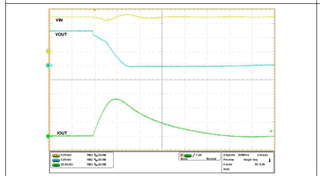Other Parts Discussed in Thread: TPS62130A
Hi,
I have a customer who uses the TPS25946 with voltage fluctuations, resulting in voltage drops on the TPS62130A PG pin used later.
The details are in the attached document.
Please help to see where the problem is,thank you!


